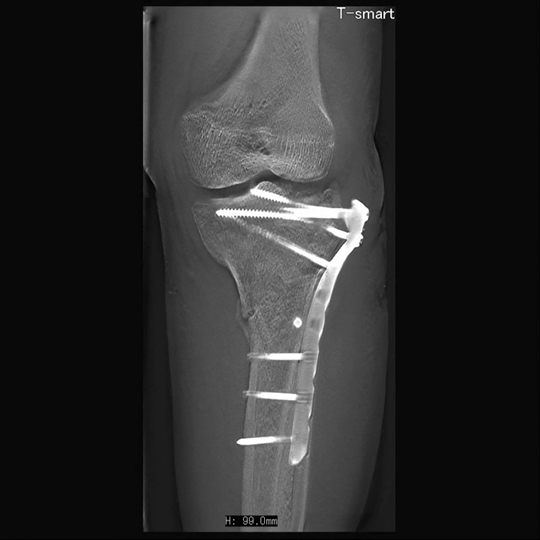

10,000 gray is the limit up to which the irradiation of food is considered to be harmless e.g.

The intensity of an average pulsed X-ray measurement is less than the limit value of 10,000 gray by more than 600 million times. Because the following also applies in this case: quality instead of quantity – high radiation levels are not absolutely necessary for a high degree of detection reliability. Namely electrically generated – with individually adjustable tension, length and intensity. After all X-rays are not emitted for a long time but only pulsed briefly: the X-ray pulses are only placed when there is something to inspect just like fine pinpricks. Individual pulses instead of continuous X-raysĬompared with continuously active X-rays the unique technology stands out together with its radiation safety. The high image quality is not affected by the production speed. The pulsed X-rays make minute faults visible even on high-speed lines where up to 1,200 products per minute are examined. The product flow is literally "frozen" by the pulsating whereas motion blurs can impair the clarity of the X-ray images and cover up the objects to be identified in the case of the classic line scanner when the conveyors are running fast: streaks and out-of-focus areas which impair the detection of glass splinters, small pieces of metal or product incompleteness cannot occur in the first place. This ensures an outstanding detection accuracy together with a further optimised receiver and image converter technology as well as real-time image processing capable of learning. The exposure time is therefore extremely short. An average bolt of lightning lasts almost 100 times as long in comparison. A beam is not emitted then but only an "X-ray pulse" with an individually adjustable intensity which lasts no more than one thousandth of a second. Exactly pulsed and precisely detectedīecause X-raying does not take so long at all – the detection is inactive! It is only electrically activated when it is really necessary: precisely at that moment when the product to be inspected passes the inspection station. Quite the reverse: in contrast to conventional X-ray scanners where this is always the case there is no emission whatsoever during 99 per cent of the operating time. In other words: X-rays are not continuously emitted when inspecting beverage bottles, bars of chocolate or injection instruments in-line. This is exactly why it, the X-ray technology which is only available from HEUFT, is pulsed. In any case when it comes to the X-ray detection of foreign objects and defects at unequalled low radiation levels.

And in fact it also perceives outstandingly better. In other words something which pulsates is perceived to be something better, something outstanding. On the contrary it is propulsive, vitalising and wakes up. It does not merely drift around stiffly and sluggishly without special highlights. Indeed the term is definitely regarded positively: when something pulsates it is emitting energy. An infectious rhythm in music, a lively exuberant metropolis, a healthy and strong heart: anyone wishing to describe something like this likes to refer to the little vivid word "pulsating".


 0 kommentar(er)
0 kommentar(er)
